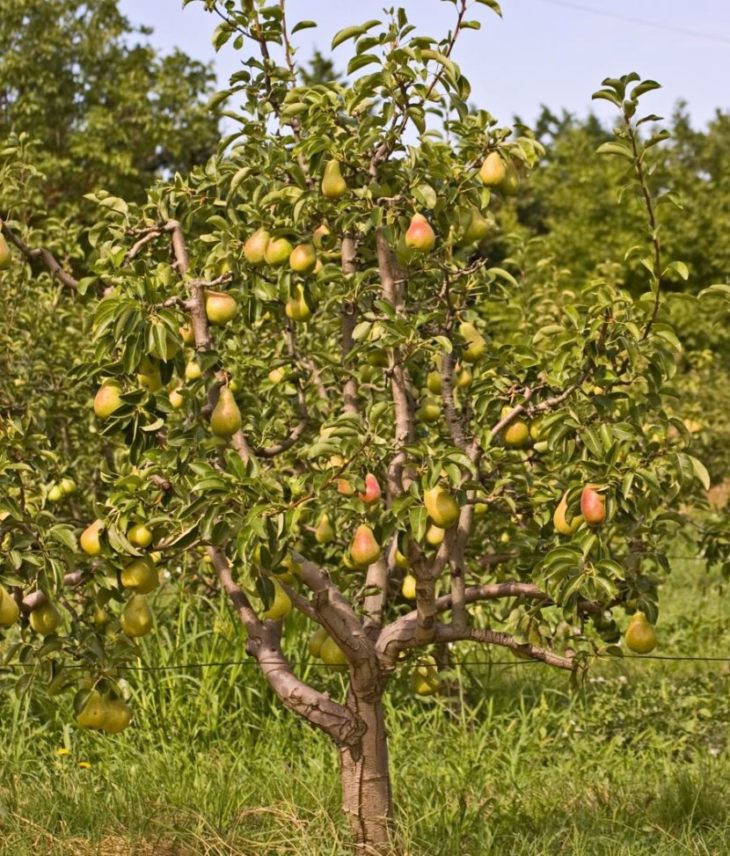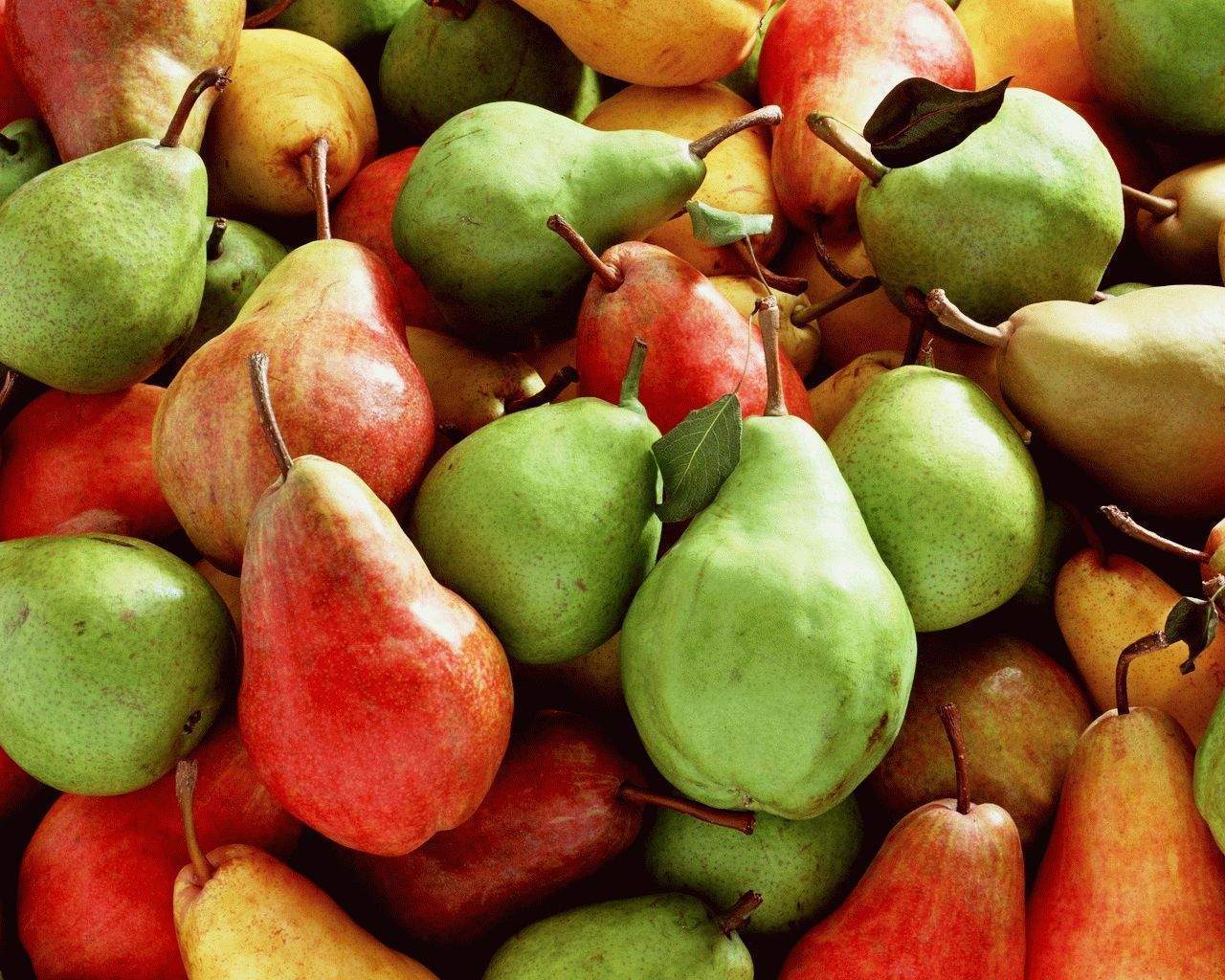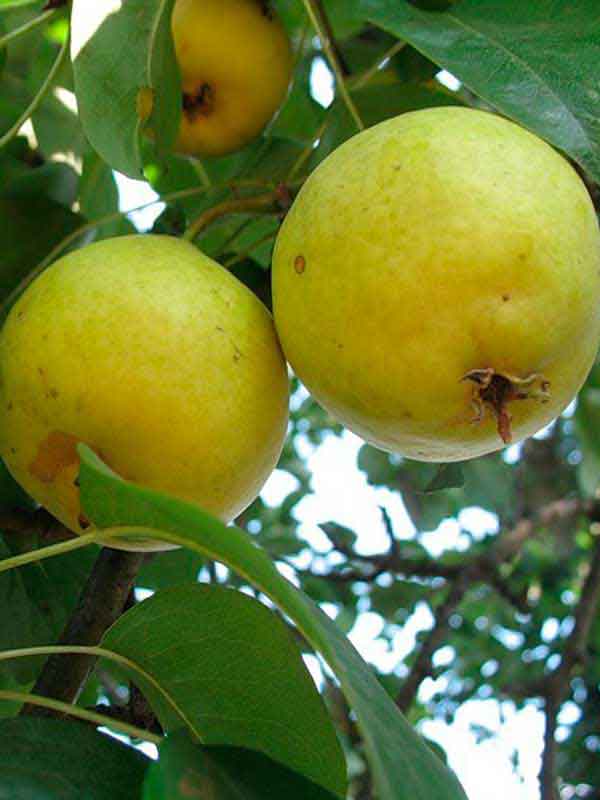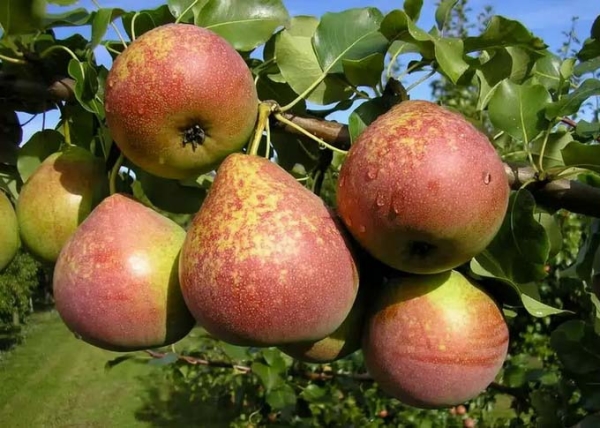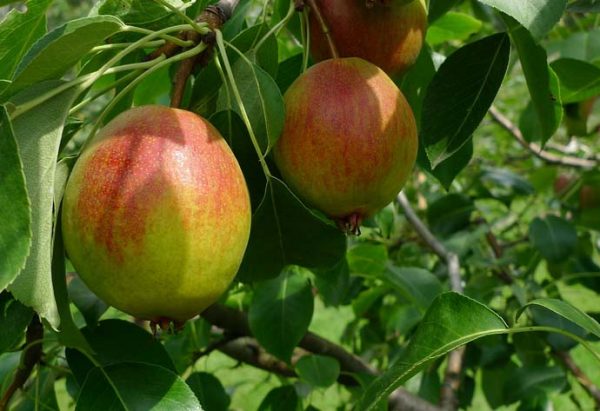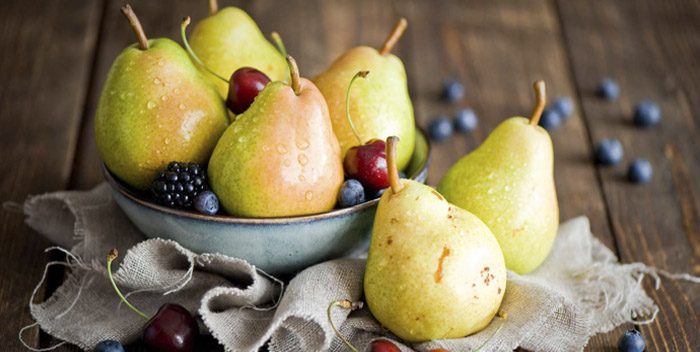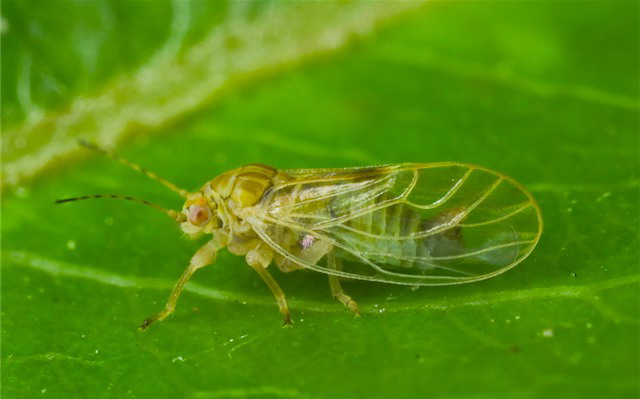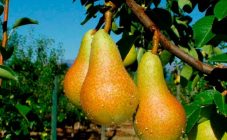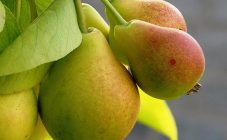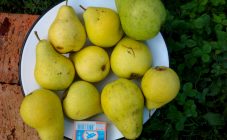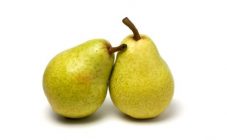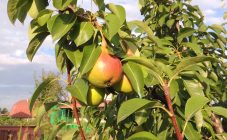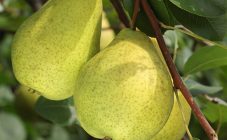Content:
Pear is one of the fruit trees that is widespread in most gardens. There are also decorative species.
It is mentioned in the annals of old Russia, where it is called "Khrushchey". It was believed that she received such a name because of the characteristic crunching that is heard when biting off the fruit.
Pear tree description
What is a pear?
The pear tree belongs to fruit and ornamental trees and shrubs and has the following classification:
- The kingdom is plants;
- Type - flowering plants;
- Class - dicotyledonous;
- Department - flowering;
- Order - Rosaceae;
- Family - pink;
- Rod - pear.
What does a pear look like? Depending on the variety, the size of the tree may vary, but in most cases, when grown in favorable climatic conditions, the height of a pear can reach 25-30 m. It can also be a large bush. All about the pear below.
The trunk of an adult tree reaches 70 cm in diameter. The bark is wrinkled, uneven. The wood is dense. Crown size - up to 5 m, oval leaves, slightly pointed, with a long petiole. The leaf color is dark green, the surface is shiny. There is a prickly pear.
Flowering occurs in spring. At this time, the pear becomes a real beauty - flowers appear on the tree; depending on the variety, their color is white or pink, and they are either collected in an inflorescence or are arranged one by one. First, flowers appear on the bush, only then leaves. Flowering lasts an average of 14 days. Flowering time - from late April to mid-May, depending on the properties of early maturity. Fruit picking begins at the end of August. The fruits have different shapes and tastes, it directly depends on the variety. The beginning of fruiting depends on this. On average, the first fruits can be obtained from a 3-8 year old tree. With proper care, the tree can bear fruit for up to 50 years.
Sprouting
Where do pears grow? The pear tree is ubiquitous in Europe and Asia. It grows in the wild in the southern regions of the Russian Federation, in the Caucasus, in Ukraine and Belarus. Good growth requires fertile soils, the best option is black soil. The tree does not tolerate waterlogging, and good air circulation is also necessary for rapid growth. Frost resistance is good, but freezing of branches and wood is noted in winter with severe frost. Damage to buds and flowers is also possible with returnable spring frosts.
Varieties and varietal characteristics
Currently, breeders have bred a huge number of pear varieties. Each has its own advantages and disadvantages. Some can boast of their taste, others are frost-resistant, and still others are resistant to diseases.
Traditionally, it is customary to divide all of them according to the terms of fruit ripening into:
- Summer;
- Autumn;
- Winter.
Which pear to plant? Usually, zoned varieties with the desired ripening period are chosen for planting. If space permits, you can plant pears of all ripening varieties in the garden, focusing on their characteristics.
Summer varieties
From pears of summer ripening, the first fruits are obtained at the end of June. Maturation is amicable, shelf life is short, about 2 weeks.
The most popular representatives of this group are:
- Lada. It is known for its high yield and good taste. Frost resistant. Quite low, not higher than 3 m. Green fruits begin to turn yellow when ripe. The shelf life of the fruit is short.
- Rogneda. It is distinguished from others by its pronounced nutmeg taste. Even beginners can grow it, since it is undemanding to care for and frost-resistant.
- Lemon. An undemanding pear with juicy fruits of a beautiful color.
Autumn varieties
They are distinguished from summer varieties by later ripening (in autumn) and long-term storage of fruits, if properly harvested, they are stored for up to 8 weeks.
The most popular are:
- Marble. Tall, characterized by large fruit fruits with good transportable qualities.
- Duchess. An unpretentious plant that requires minimal maintenance. The main disadvantage is thermophilicity, in connection with which cultivation in the northern regions of Russia is impossible.
- Otradnenskaya. A frost-resistant variety with good yields. Fruits with sourness, without a characteristic odor, the pulp is quite juicy.
Winter varieties
The fruits of these representatives of the pear can be stored until spring. Ripening occurs from late September to November. The later the fruits are harvested, the longer they can lie.
The following varieties are worth noting:
- November. High-yielding, frost-resistant variety, with tasty, juicy fruits. Resistant to most diseases.
- Curé. Grows well even in dry years, undemanding to feeding. Fruits are juicy, slightly sweet. Leaving is minimal.
This list is very abbreviated, there are a huge number of varieties: these are Bryansk and Moskvichka, do not forget about Krasul and many others.
When planning to choose one or another variety, you need to pay attention to whether it is zoned to the climatic conditions of the future growing region.
Pear: benefits and composition
The vitamin cocktail that is part of the pear fruit makes it quite beneficial for human health. It contains vitamins: A, B, C, K. It also contains iron, potassium, phosphorus, folic acid, fiber, sulfur.
The benefits are enormous. Its consumption supports the immune system. It has anti-inflammatory, antimicrobial effects. Increases vitality and helps fight depression.
Sulfur maintains healthy skin color, strengthens hair and nails. Potassium has a beneficial effect on the work of the heart. Fiber helps lower cholesterol, and cobalt removes fluid from the body.
Although the pear is a fairly sweet fruit, its sugar content is relatively low. It does not provoke an increase in appetite, on the contrary, it satisfies hunger. Due to its glucose content, it is recommended for people suffering from excess weight and diabetes.
The garden oils contained in pears have a positive effect on the digestive system, remove toxins, and stimulate the liver and kidneys. Pear is used in cosmetology and folk medicine. Even a child can eat it, it does not cause allergic reactions.
Pear pests and methods of struggle
Not one of the representatives of fruit trees is not complete without pests and diseases, the garden pear is no exception.
She suffers from such pests as:
- Hawthorn. Causes great harm to the tree by eating leaves, flowers and ovaries. After it, bare branches remain.
- Pear gall midge. Its larvae, which live in the ovary and feed on the pulp, are very dangerous. As a result, the fetus stops developing, turns black and disappears.
- Pear sawfly. The larva feeds on fruits. The female lays it in the ovary, and as it grows, it devours the pulp, moving on to neighboring fruits.
- Ticks. There are several varieties of them. They attack the green mass and suck out the juice.
- Fruit moth.The flowers of the plant in which the butterfly lays the larvae are affected. As a result of their vital activity, the flowers dry up and fall off.
- Aphid. It can be found in any garden. It occupies the plant and sucks out vital juices from it, infecting it with phytoviruses.
- The thyroid gland is comma-shaped.
This is not the whole list of pests that damage fruit orchards. They fight them in various ways. The main ones are preventive work: liming of trunks, removal of old bark, digging up the soil, in case of detection - removal of pest nests, which is also typical when caring for other fruit trees. You can also make traps.
You can choose varieties of common pear for any region and get a good harvest and a supply of nutrients, which are found in large quantities in pear fruits.

